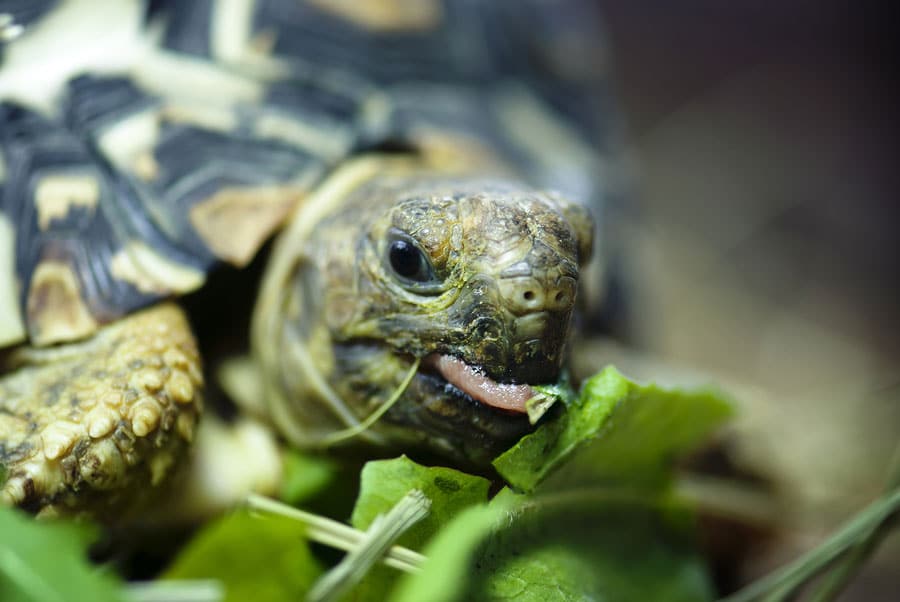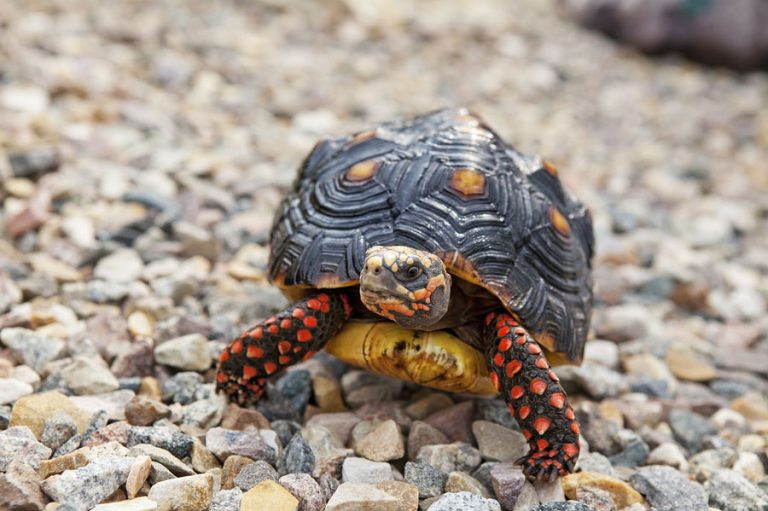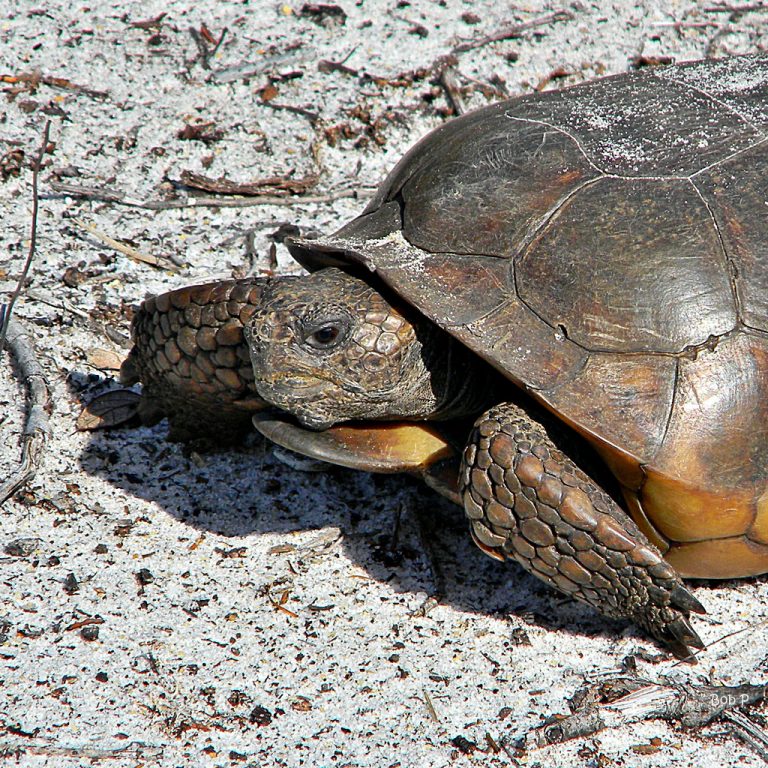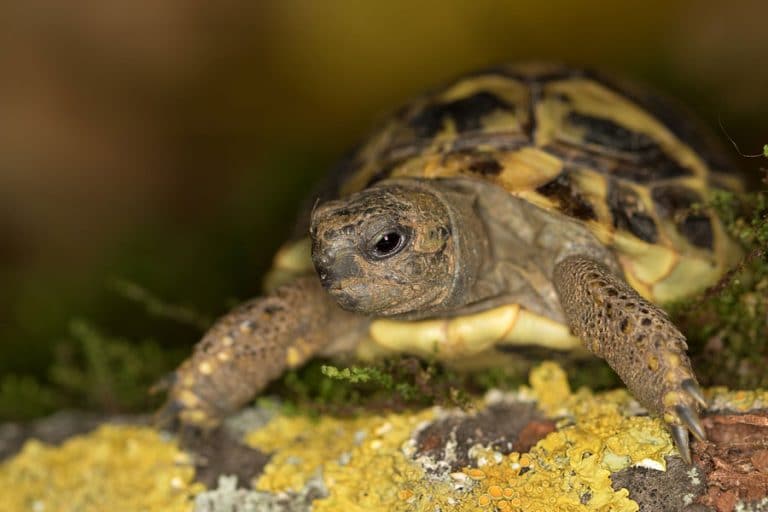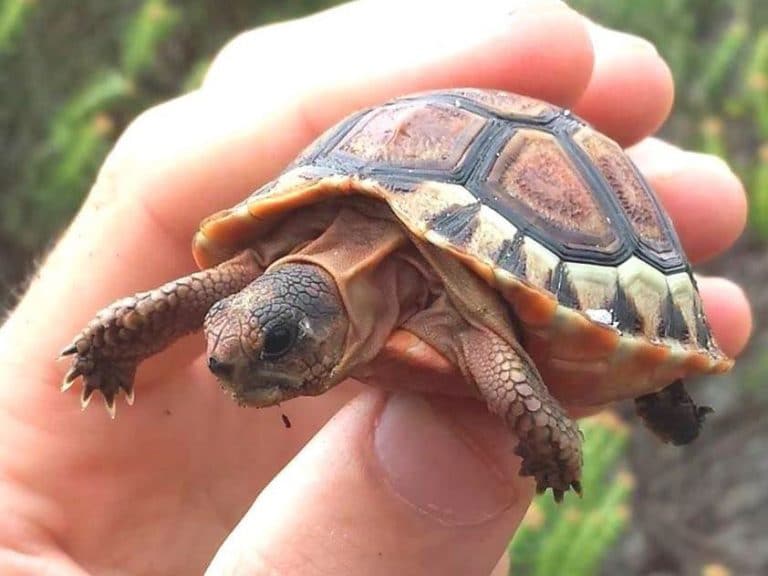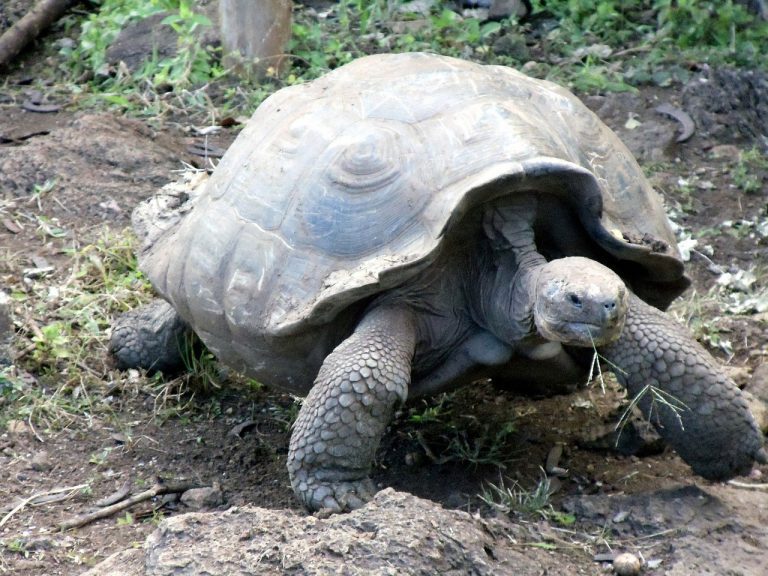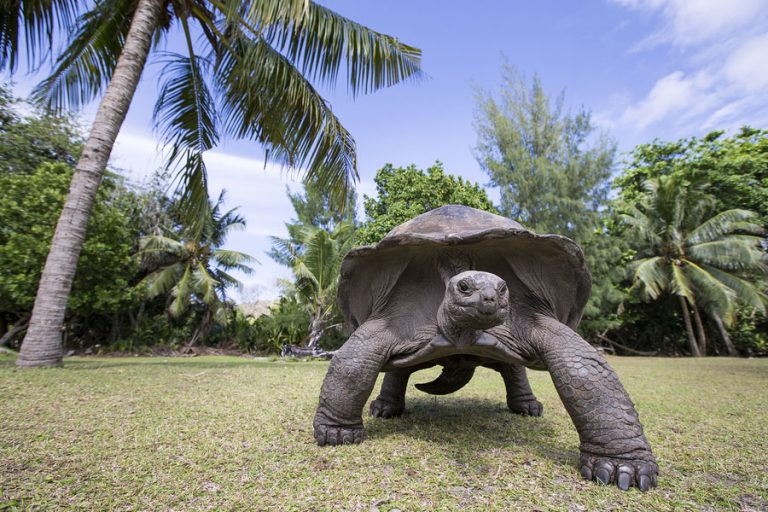Leopard Tortoise – The Fourth Largest Tortoise in the World
Scientific Classification
| Kingdom: | Animalia |
| Phylum: | Chordate |
| Class: | Sauropsida |
| Order: | Testudines |
| Suborder: | Cryptodira |
| Superfamily: | Testudinoidea |
| Family: | Testudinidae |
| Genus: | Stigmochelys Gray |
| Species: | S. pardalis |
| Binomial name: | Stigmochelys pardalis |
The Leopard tortoise (Stigmochelys Pardalis) has attractive markings and is big in size; One can see them only in South Africa, the eastern region of the Savannas, and extending from the country of Sudan to the South Cape. In the early days, they had labeled this species as the leopard tortoise Geochelone but now, it is the solitary genus of the tortoise Stigmochelys.
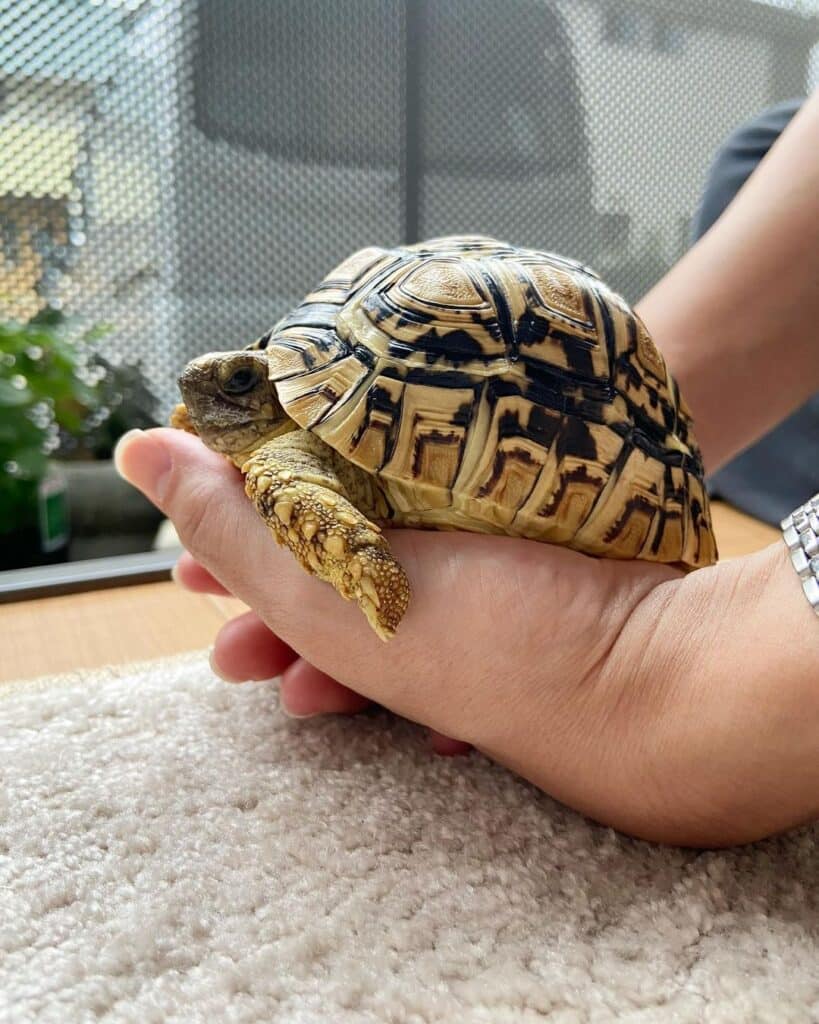
Anatomy
Among the variety of large tortoises on earth, the Leopard tortoise stands fourth on the list; the adults typically weigh 40 pounds (18 kg) and attain a length of 18 inches (460mm), and the larger ones may reach 70cm (28 inches) in length and weigh about 120 pounds (54 kg). The shell of an adult can reach a size of almost a 24 inches (610mm) diameter. In special cases, the giant Ethiopian variety displays 100 cm (39 inches). The overall color of the skin is yellowish to cream; its upper shell has patterns of lines or horizontal strokes, with spots or black blotches. Every tortoise has unique markings.
Natural Habitat
Apart from a few Leopard tortoises noticed in rainy regions, the Chelonian tortoise prefers partially drier areas of grassland to thorny bushes, as they are grazing varieties. During the extreme cold and hot weather, they dwell in the burrows deserted by the anteater, fox or jackal. The Leopard tortoises typically live for 80 to 100 years.
Behavior
These Leopard tortoises are obedient, easy to control and amicable. While in custody keep the grownups in moderate climates, in the open.
As a Pet
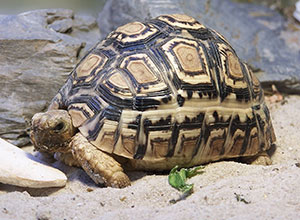
Housing
Ensure that the enclosure is large enough for it to move about comfortably. An enclosure of 20 gallons will suffice for a young one of 6” length. For those that are above 6” up to 10”, a terrarium of 4’ x 2’ is essential. On attaining a length of 10” leave it in the open with food and water.
Temperature and Lighting
The temperature during the day should range from 78 to 90° F, whereas at night sustain it between 70 to 75°F. To provide heat throughout the day, place heat padding below the tank. Utilize full range spectrum lighting for 12-14 hours. Make available a cool region along with an area to bask. For this purpose, make available a spick and span area with enough space in the cage
Humidity and Water
This variety needs humidity from low to high intensity. For drinking and soaking, offer a shallow basin, preferably set in the ground.
Food
Mainly they are herbivore; hence, you would do well to feed them with green leaves such as leaves of collard, mustard, hibiscus, dandelion, green and red lettuce, romaine lettuce, flowers, green onions, spinach, green beans, Timothy hay, mixed frozen vegetables, zucchini and alfalfa. While a baby, supplement the vegetables daily with calcium and vitamin. When they reach adulthood, decrease it to once or twice weekly.
Breeding
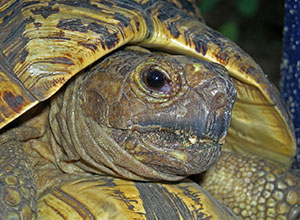
The Leopard tortoises attain sexual maturity between the ages of 12 to 15 and they live for a long time. While in captivity the Leopard tortoises grow quicker and attain maturity while as young as 6 years old. The male Leopard tortoises will collide into the female while ‘courting’. The male grunts while mating. The female lays a clutch of 5 to 18 eggs, after mating. Use an incubator to hatch the eggs. During a favorable climate, you can see many eggs when you breed them on the ground, outdoors.
Handling
Handling the tortoises as a pet by children is not advisable, since they need irregular handling. Leopard tortoises withdraw their limbs and head due to timidity. As time passes, they tend to recognize their custodians and approach them for their feed.
Preparing the Proper Leopard Tortoise Diet
When deciding to bring home whatever type of pet in your house, the very first thing that every pet owner must look into is the general condition of the animal. When bringing in a new Leopard tortoise, owners must remember that their diet is a bit different to ordinary house pets.
Take note of some health issues
When you are bringing in a new pet from a pet shop, chances are these animals are poorly nourished and not getting the right kind of nutrients they should be getting to maintain a healthy body.
A poorly nourished tortoise may exhibit poor health, which is evidenced by a poor shell, obviously slower movement, and in some cases, presence of different forms of parasites.
What Should You Feed Them
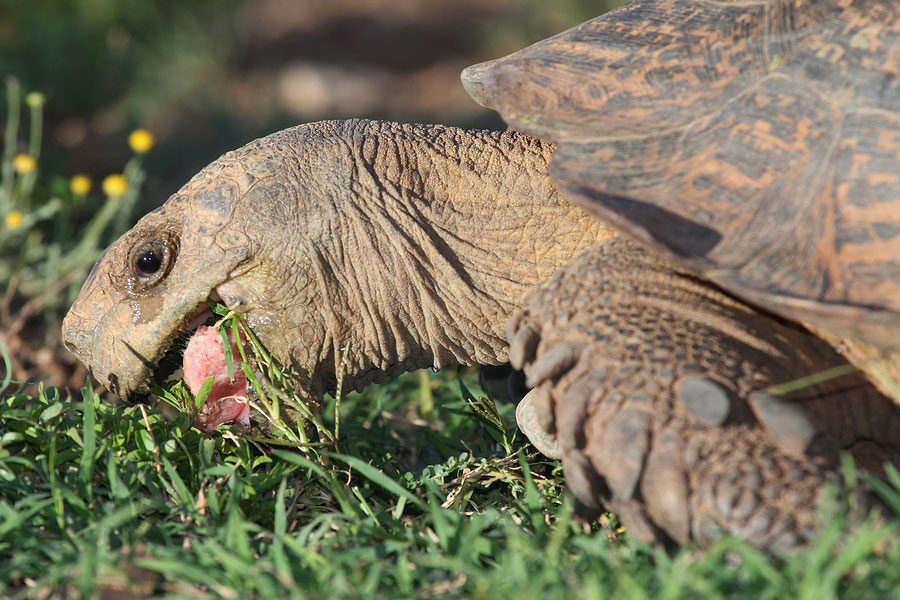
Leopard tortoises are the second largest species of tortoise in Africa. Two of its subspecies are normally recognized, out of which Stigmochelys pardalis babcocki is most common and is in pet trade. If you have one for a pet you might as well take a go through this article so that you know which food is the best for it.
They are herbivores and an ideal situation would be if you let your pet sustain itself; let them graze in a well planted area that is not chemically treated. They need high fiber diets for a well-nourished body and their diet should be supplemented twice a week by turnip greens, mustard greens, collard greens, grape leaves, hibiscus flowers and leaves, mulberry leaves, spineless cactus pads, carrots, pumpkin, zucchini, sweet potato, mushrooms, yellow squash and bell peppers.
Any type of meaty diet should be avoided as it leads to unnecessary growth and increased levels of urea, kidney and liver problems, and bladder stones.
Make sure not to feed them a lot of wet food like tomatoes, fruits and lettuce. The tortoise requires a high fiber, coarse diet. Sugar content in the fruit is likely to alter the pH of the gut which might result in the death of your tortoise. Excessive soft foods and fruits causes repeated flagellate-a type of parasite and other gut problems like colic, which is a due to a probable increase in the gut motility.
Mix large portions of whatever your tortoise likes and help them cut down on fruits or treats. You should always keep your tortoise’s bowl of water full. It is not necessary to feed them every day; a hungrier tortoise will appreciate a healthy diet.
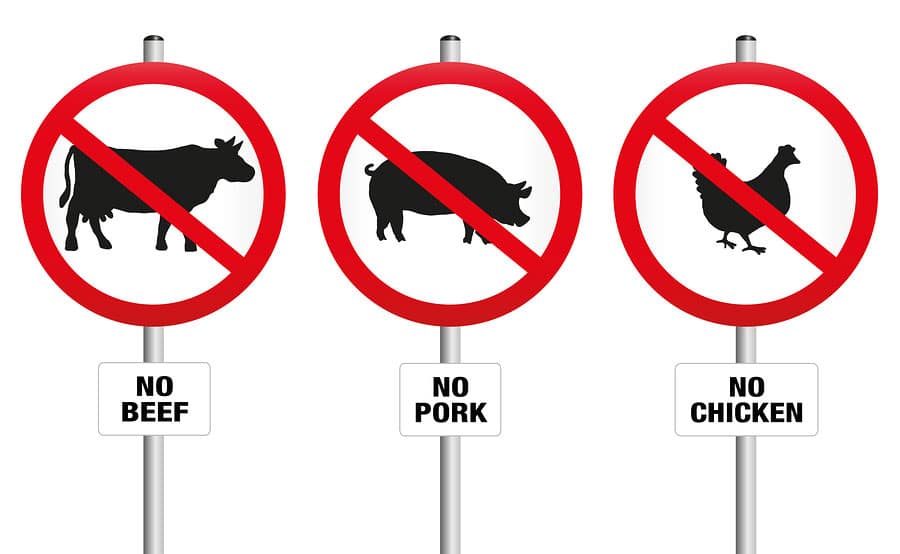
Quick Facts About Leopard Tortoise
Of all the members of the tortoise family, the leopard tortoise is one of the most attractive of them all. Because of its remarkable color, this species is considered as one of the most popular and well loved by reptile enthusiasts.
Just like typical breeds, this species share the common characteristics of its cousins, particularly those belong in the same genus, Geochelone. The leopard variety got its name because it resembles a leopard with a combination of black and yellow spots.
When it comes to the general characteristics of this species in the wild, they don’t differ that much as compared to their close cousins. From their temperament to their diet, they basically share these characteristics, although with some variations and differences at some points.
One of the closest relatives of this species is the Galapagos Tortoise, which also belongs to the same genus as the leopard. Same with the Galapagos, the leopard can grow very big, especially the males. Their expected lifespan in the wild is relatively longer than when captive.
Because of their enormous shell, they require substantial levels of calcium to supplement their needs. In the wild, they devour dried bones of dead animals and even dung of hyenas just to meet their high calcium needs.
What experts say about this species:
Quick Facts:
- Origin: Sub-Saharan Africa
- Weight: largest recorded male weighed 43 kg while 20 kg for female.
- Size: A full-grown male can grow up to 656mm and 498 for females.
- Natural Habitat: semi-arid or thorny places. This species and the rest of its cousins also prefer grassy areas.
- Lifespan: several hundreds of years in the wild. May reduce to a few decades if captive.
- Adaptation: Highly-adaptable. Some records show that this species can survive in non-arid areas outside its preferred habitat in Sub-Saharan African area.

Having discovered a fondness for insects while pursuing her degree in Biology, Randi Jones was quite bugged to know that people usually dismissed these little creatures as “creepy-crawlies”.

